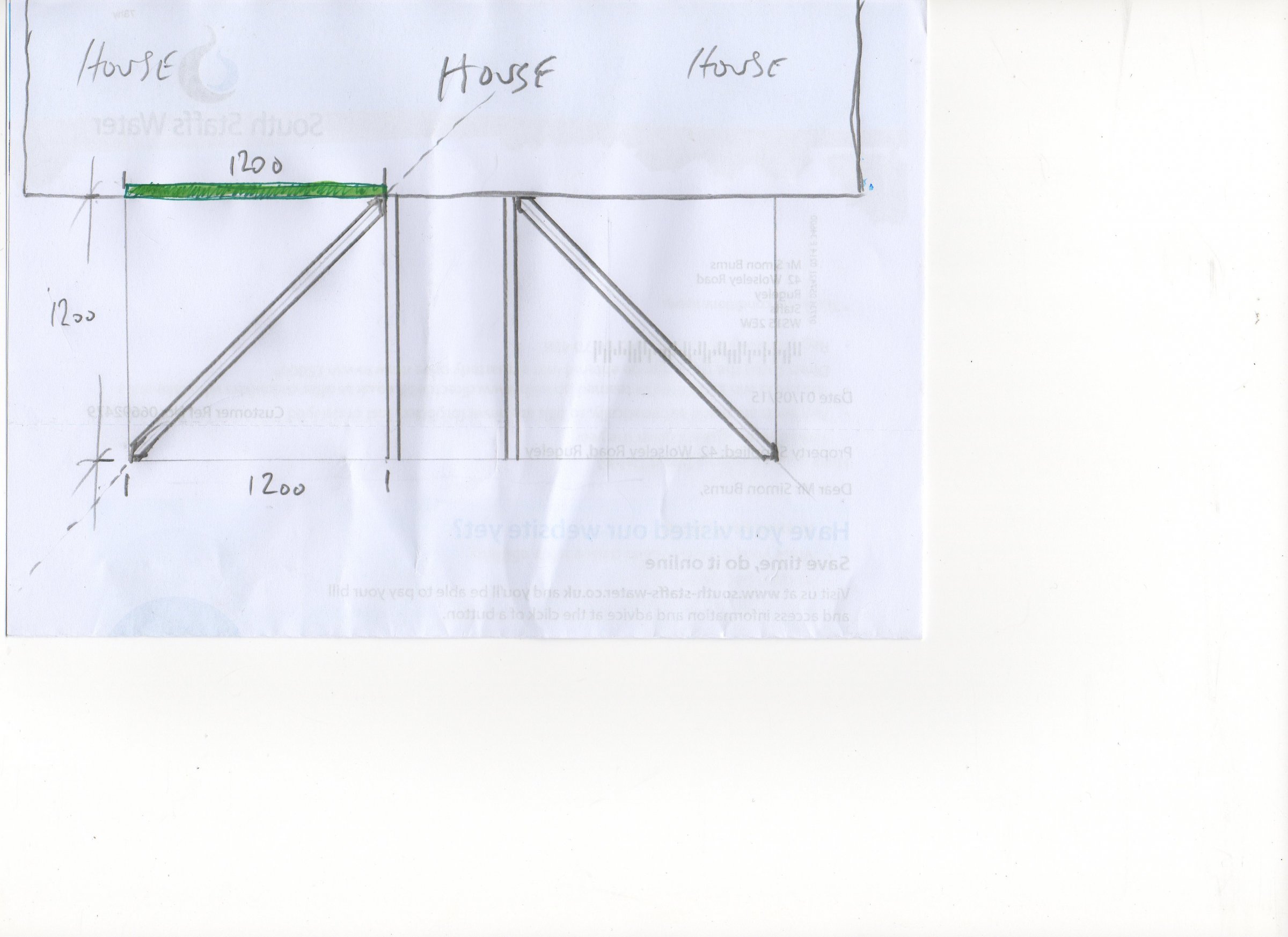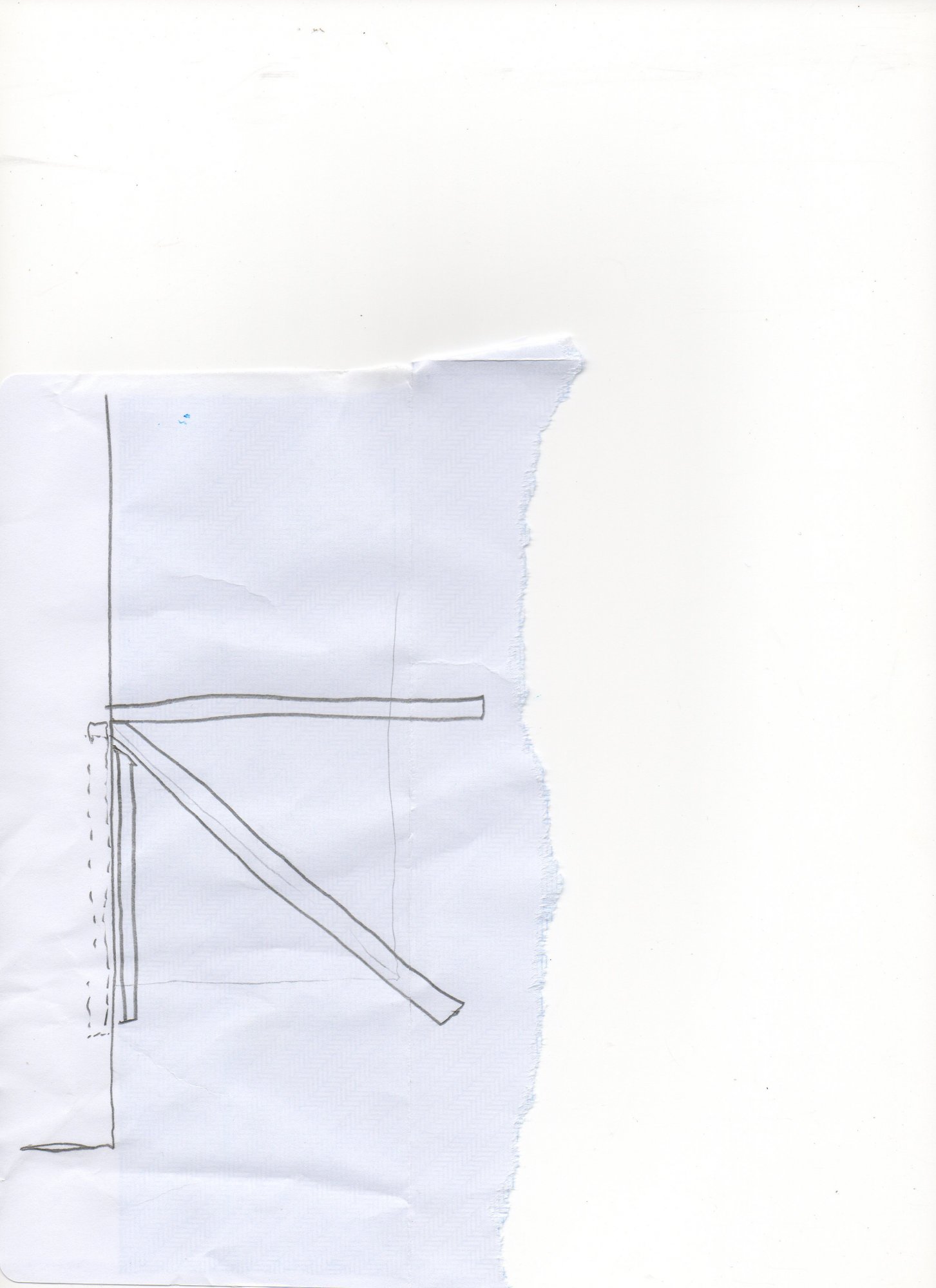Evening all,
I'll try make this my last post for now as I've asked a lot of questions this weekend
We're planning on building a porch with a hipped roof.
The porch will be 1200 out and 3000 across.
We shall be using plain tiles and was wondering should I pitch it at 35 degrees or should I Mimick the house which I think is 38 degrees.
Other question is how do I measure where the hip rafter goes on the house wall, would I measure 1200 across the wall plate to create a 90 degree angle? And put the commons inside of this line?
Hope this makes some kind of sense ..
Thank you everyone
I'll try make this my last post for now as I've asked a lot of questions this weekend
We're planning on building a porch with a hipped roof.
The porch will be 1200 out and 3000 across.
We shall be using plain tiles and was wondering should I pitch it at 35 degrees or should I Mimick the house which I think is 38 degrees.
Other question is how do I measure where the hip rafter goes on the house wall, would I measure 1200 across the wall plate to create a 90 degree angle? And put the commons inside of this line?
Hope this makes some kind of sense ..
Thank you everyone




